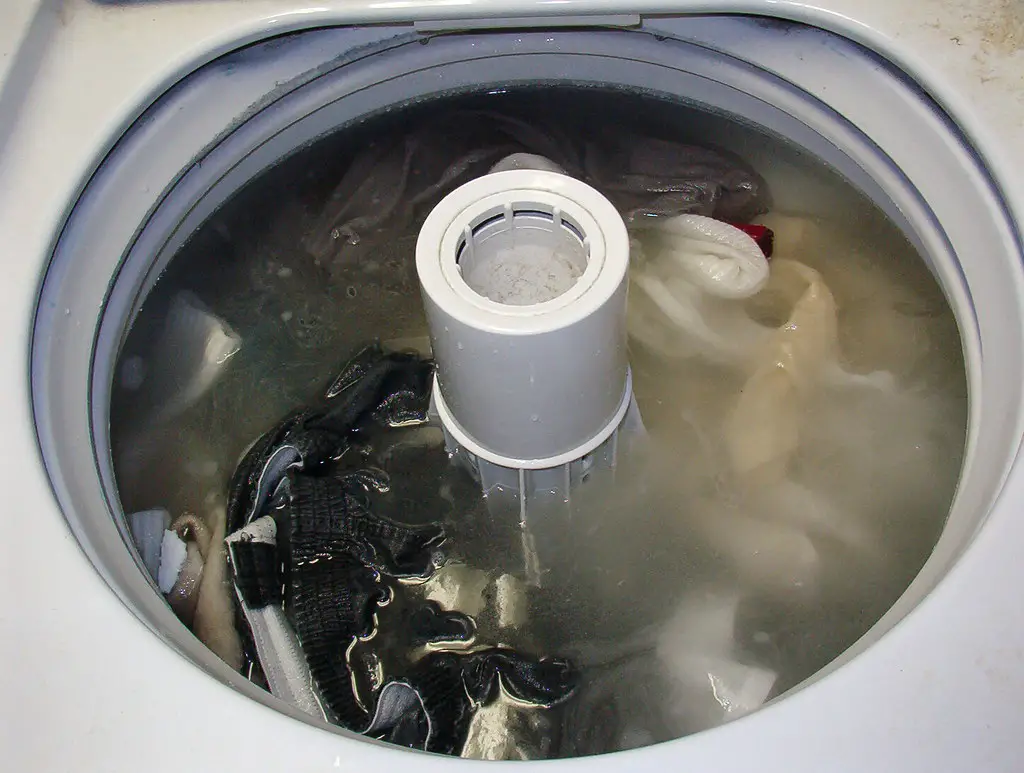How Often Should You Service Your Septic Tank? [Expert Full Guide]
Many homeowners only think about their septic system when something goes wrong. However, regular septic maintenance is crucial to avoid unpleasant surprises, protect your property value, and prevent costly repairs. Proper care ensures your system works efficiently for decades, providing reliable waste management for your household. In this comprehensive guide, we will explore everything you need to know about septic system maintenance—from how your system works, to how often it needs servicing, to what to do if emergencies arise. Whether you’re a first-time homeowner or simply want to avoid disaster, this guide will arm you with practical, expert-backed knowledge.
Understanding How Septic Systems Work
Septic systems are underground wastewater treatment structures commonly used in rural areas without centralized sewer systems. They consist primarily of a septic tank and a drain field. Wastewater exits the house through a single pipe into the septic tank, where it separates into three layers: solids sink to form sludge, oils and grease rise to create scum, and liquid effluent remains in the middle. The tank retains the solids while allowing the effluent to flow into the drain field. In the drain field, soil filtration removes harmful bacteria, viruses, and nutrients before the treated water reenters the groundwater system. Over time, the sludge and scum layers accumulate, reducing the tank’s capacity and potentially leading to overflows if not pumped regularly.
“Your septic system is an ecosystem. If you don’t maintain it, you disrupt the balance and invite disaster,” says Laura Michaels, Environmental Engineer at AquaSave Solutions.
How Often Should You Service Your Septic Tank?
The golden rule is to inspect your septic system every 1 to 3 years and pump it every 3 to 5 years. However, exact servicing frequency depends on several key factors. Household size plays a major role—a family of six will fill a tank much faster than a single occupant. Water usage habits, such as frequent laundry loads or heavy dishwasher use, also accelerate sludge buildup. Tank size matters too; smaller tanks fill up quicker. Additionally, the use of garbage disposals increases solid waste, necessitating more frequent pumping. A professional septic inspection can measure scum and sludge layers to determine the right schedule for your specific situation.
Maintenance Schedules by Septic System Type
Different septic designs require tailored care. Conventional gravity systems need standard pumping every 3 to 5 years. Pressure distribution systems, which use pumps to evenly disperse effluent, should be inspected annually and pumped every 3 years. Mound systems, designed for challenging soil conditions, demand yearly inspections due to their above-ground components. Aerobic Treatment Units (ATUs), which add oxygen to wastewater to boost bacterial breakdown, are the most maintenance-intensive, requiring servicing two to four times per year to keep aerators and disinfection components working correctly.
“Aerobic units can outperform traditional systems but only if properly maintained. Neglect them, and they fail spectacularly,” warns Paul Sutherland, Certified Septic Installer at EcoFlow Systems.
Recognizing Signs That Your Septic Tank Needs Attention
Early detection is key to preventing catastrophic septic failures. Watch for slow-draining sinks, tubs, and toilets throughout your home. Gurgling sounds in plumbing often indicate vent or system blockages. Noticeable sewage odors either inside or outside signal problems. Standing water or muddy soil around the drain field can mean effluent is surfacing instead of percolating properly. Bright green, lush patches of grass over the tank or drain field, especially during dry weather, also suggest effluent leakage. At the first sign of trouble, call a licensed septic professional—delaying action often transforms minor fixes into major expenses.
Step-by-Step: What Happens During a Professional Septic Service
Understanding the service process helps homeowners appreciate why professional maintenance matters. During a service visit, technicians first locate and uncover the tank lids. They measure the sludge and scum layers to evaluate if pumping is necessary. A high-capacity vacuum truck pumps out tank contents. Some companies backflush the tank to dislodge stubborn solids. The technician then inspects the tank structure, inlet and outlet baffles, filters, and sometimes the drain field. If any cracks, root intrusions, or filter clogs are found, they recommend repairs. After everything checks out, the lids are securely resealed, and a maintenance report is provided.
Cost Comparison: Routine Maintenance vs. Replacement
Routine pumping typically costs between $300 and $600, depending on tank size and local rates. Repairing a compromised drain field can range from $2,000 to $10,000. Replacing an entire septic system often exceeds $25,000. Preventive maintenance—including inspections, pumping, and minor repairs—is a fraction of these costs. Investing a few hundred dollars every few years dramatically reduces the risk of devastating failure and extends your system’s life by decades.
Real Case Study: How Skipping Maintenance Cost One Family $28,000
John and Maria Owens thought they could “stretch” their pumping schedule because they “never had problems.” After eight years without service, slow drains turned into a full-blown sewage backup during Thanksgiving weekend. Emergency plumbers discovered that not only was their tank overflowing, but their drain field was completely saturated and failed. Replacing the system cost them $28,000—not including four weeks of hotel stays while repairs were underway. “If only we’d spent $400 on regular pumping,” Maria laments. Their story serves as a costly reminder that preventive maintenance is always cheaper than emergency recovery.
Emergency Septic Problems: What To Do Immediately
When faced with a septic emergency, swift action is critical. Immediately stop all water use to prevent worsening the situation. Contact a licensed septic professional—do not attempt DIY pumping or repairs. Avoid walking through contaminated areas, as sewage exposure can cause serious illnesses. If sewage odors enter your home, open windows to ventilate while awaiting professional help. Most importantly, don’t delay: the longer a septic backup is left unaddressed, the more damage it causes to plumbing, flooring, and soil structures.
Winterizing Your Septic System
Cold climates bring unique septic challenges. Letting the grass over your tank and drain field grow longer during fall helps trap insulating snow. Repair dripping faucets before winter, as constant trickles can freeze and damage pipes. Stagger high-water-use activities like laundry over multiple days to avoid overwhelming the system in freezing weather. Schedule an inspection in early fall to ensure your system is working correctly before ground freeze makes access difficult. In deep freeze regions, insulated risers and septic tank heaters can further protect against winter failures.
Drain Field Care: Protecting the Final Stage
The drain field is vital for final wastewater treatment. Never drive or park vehicles over it, as soil compaction can collapse drain lines. Avoid planting anything but grass over the drain field—tree roots aggressively seek moisture and can break pipes. Divert roof gutters, sump pumps, and landscaping drainage away from the field to avoid waterlogging. Monitor the area for unusually lush vegetation, soggy soil, or odors, all of which may indicate emerging problems requiring professional attention.
Top Tips to Save Money on Septic Care
Smart practices protect your septic system while saving money. Install water-efficient appliances and fix leaks promptly to minimize wastewater volume. Spread laundry loads over several days instead of doing multiple loads at once. Use septic-safe toilet paper and cleaning products to maintain healthy tank bacteria. Install an effluent filter to capture solids before they reach the drain field. Most importantly, stick to a regular inspection and pumping schedule—small preventive expenses avert major financial disasters.
Common Septic System Myths Debunked
Myth 1: “If it isn’t broken, don’t fix it.”
Truth: Septic systems require proactive maintenance to avoid hidden damage.
Myth 2: “Additives eliminate the need for pumping.”
Truth: No additive replaces the need to physically remove sludge.
Myth 3: “Flushable wipes are safe.”
Truth: Most “flushable” products don’t break down properly, leading to clogs.
Myth 4: “Septic systems last forever.”
Truth: Properly maintained systems last 25–40 years; neglected ones fail much sooner.
Myth 5: “Only toilets and sinks impact the system.”
Truth: Laundry, dishwashers, and yard drainage all affect septic performance.
Expanded FAQs About Septic Tank Maintenance
Can septic tanks freeze?
Yes. In regions with harsh winters, insufficient insulation or lack of snow cover can cause septic tanks or lines to freeze, leading to blockages and backups. Proper winterizing techniques are crucial.
How often should I have my septic tank inspected?
Experts recommend inspecting your septic system every 1 to 3 years, even if you don’t notice any problems. Early detection saves money and extends system life.
Can I use bleach and antibacterial cleaners?
In moderation, yes. However, heavy use of bleach and antibacterial products kills beneficial bacteria inside the tank, impairing waste breakdown and potentially leading to failures.
Is a garbage disposal safe for septic systems?
Yes, but it dramatically increases solid waste. If you use one, expect to pump your tank more frequently—every 1 to 2 years instead of 3 to 5 years.
Can tree roots damage my septic system?
Absolutely. Roots are naturally drawn to the moisture in septic pipes and tanks, leading to cracks, blockages, and eventual system failure if left unchecked.
Do septic additives really work?
Most septic additives offer no significant benefit and cannot replace pumping. The EPA and industry professionals recommend regular pumping as the only reliable maintenance method.
What should I never flush into a septic system?
Never flush wipes, diapers, feminine hygiene products, paper towels, grease, medications, or harsh chemicals. Only human waste and toilet paper should enter your system.
How long does a septic system last?
With diligent maintenance, septic systems typically last 25 to 40 years. Systems that are neglected may fail in under 15 years, requiring costly replacement.
Final Thoughts: Protect Your Septic Investment
Septic systems are an essential but often overlooked part of homeownership. By sticking to a regular inspection and pumping schedule, using water efficiently, and responding quickly to warning signs, you can avoid catastrophic failures and unnecessary expenses. Routine care isn’t just an investment in your home; it’s an investment in your health and environmental stewardship. A small expense today preserves your peace of mind for decades to come.
Need professional help? Contact a licensed septic service provider today and schedule your inspection—your future self will thank you.




